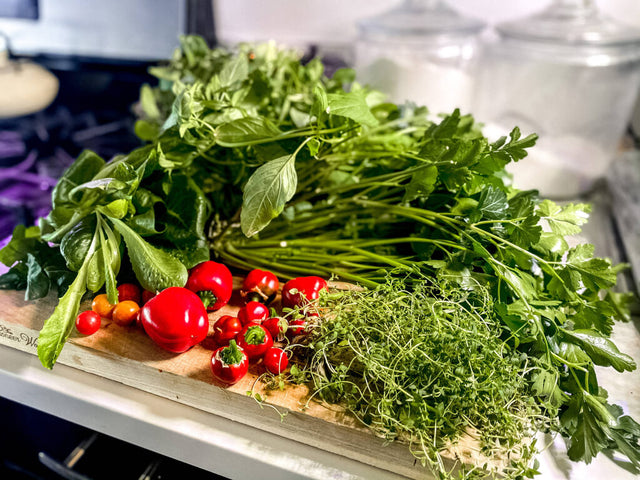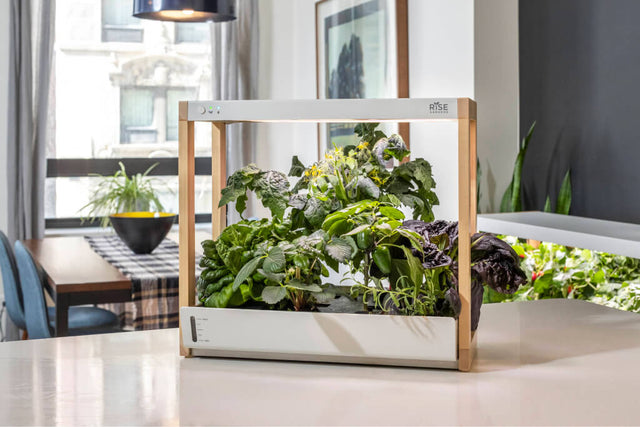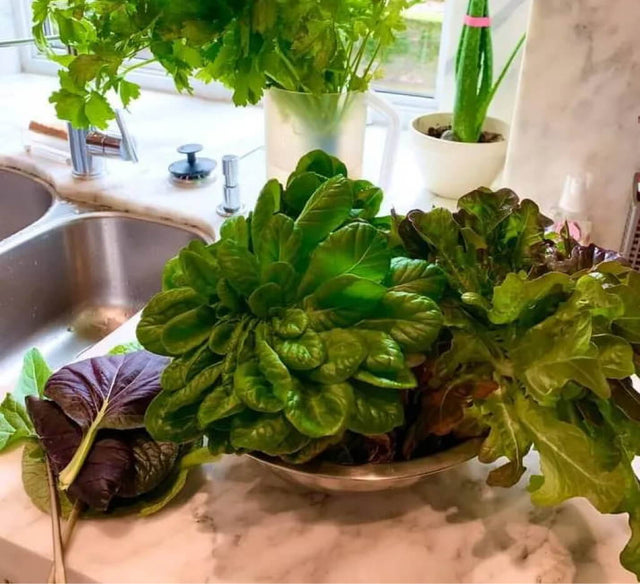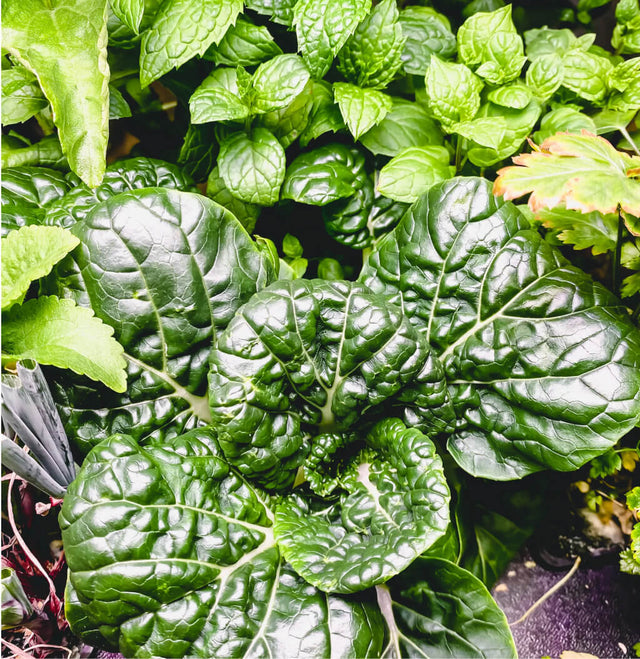
Vegetables are an essential part of a healthy diet; however, almost 90 percent of the U.S. population doesn’t meet the recommendation for intake. Access to vegetables can be an obstacle for some while others simply find them difficult to prepare in an appetizing way. The food and beverages people consume have a profound impact on health, which is why finding easy ways to include more nutrient-dense vegetables is so important.
Here are five easy ways to eat more vegetables on a regular basis:

Make Vegetables Accessible and Easy to Eat at Home
Having a Rise Garden is a great way to make vegetables more accessible. It doesn’t get any easier than being able to simply cut something from the garden and immediately add it to a meal or snack. Buying pre-washed or pre-cut vegetables that are ready to eat is another great way to make increasing vegetable consumption easier. A veggie tray provides a few options to grab throughout the week, or consider one of these other low prep options: baby carrots, mini peppers, cucumbers, or cherry tomatoes.
Start with Breakfast
Don’t miss out on breakfast as an opportunity to eat vegetables. Add spinach, peppers, or mushrooms to scrambled eggs, make a veggie omelette or frittata, or try a root vegetable hash with an over easy egg on top. Greens like spinach and kale or frozen riced cauliflower are great for adding to a morning smoothie, or make a batch of pumpkin muffins to eat throughout the week.

Think about the Rainbow
Greens are great, but bell peppers, beets, tomatoes and squashes all come in a variety of colors. Add taste, texture, and visual interest to meals and snacks by choosing a variety of colorful veggies. And, don’t forget about all those white vegetables either! Mushrooms, parsnips, cauliflower and potatoes are all incredibly nutrient-dense.
Make at Least One Meal Meatless Each Week
Meatless meals are a great way to turn the attention to veggies at meal time. Legumes such as beans, peas, and lentils all contain plant-based protein as do many dark, leafy greens, mushrooms, and broccoli. Try a tofu and vegetable stir fry for a Meatless Monday meal, or make roasted vegetable or bean-based tacos on the next Taco Tuesday.

Don’t Forget about Fresh, Frozen and Canned Options
Vegetables eaten in their whole form are great sources of nutrition, but not everyone has the same access to fresh options year round. Even with a Rise Garden at home, adding in freeze-dried, frozen, and canned options will add nutrition and variety in vegetable intake.
Freeze-dried carrot and beet chips make great on-the-go snacks, and frozen peas and green beans can be incredibly versatile in soups and stir frys. When choosing canned vegetables, beans are a great option. Look for no salt added options, or be sure to rinse them well before eating.
Freezing extra veggies and herbs from a Rise Garden (if there are any!) is a great way to reduce food waste and increase intake over time. Homemade pesto and tomato sauces freeze well.
Kristin Houts is a Registered Dietitian working in private practice who specializes in digestive health. She is an expert on Irritable Bowel Syndrome and the Low FODMAP Diet. She shares recipes and resources on her Instagram account, @KristinHouts_RD.







